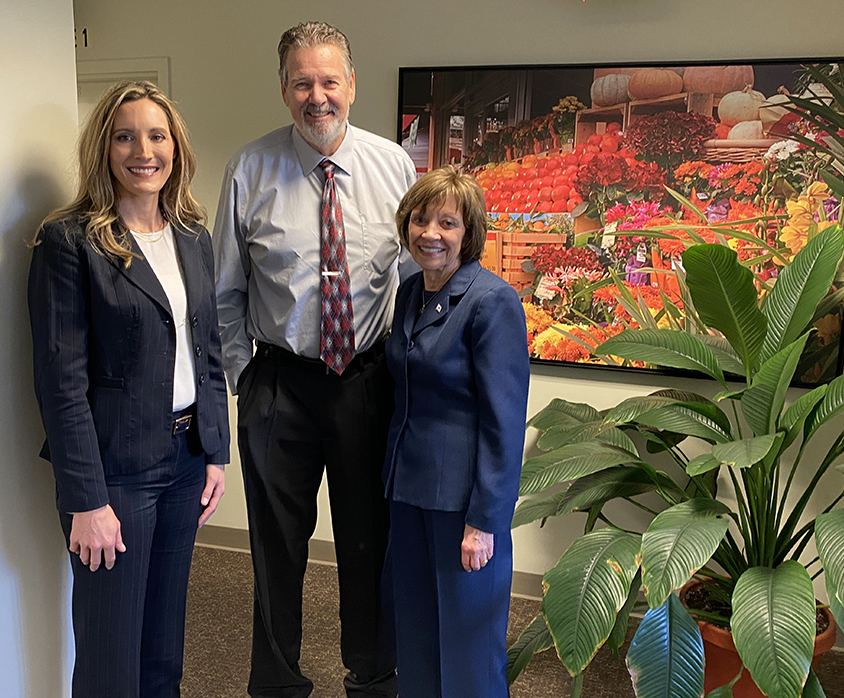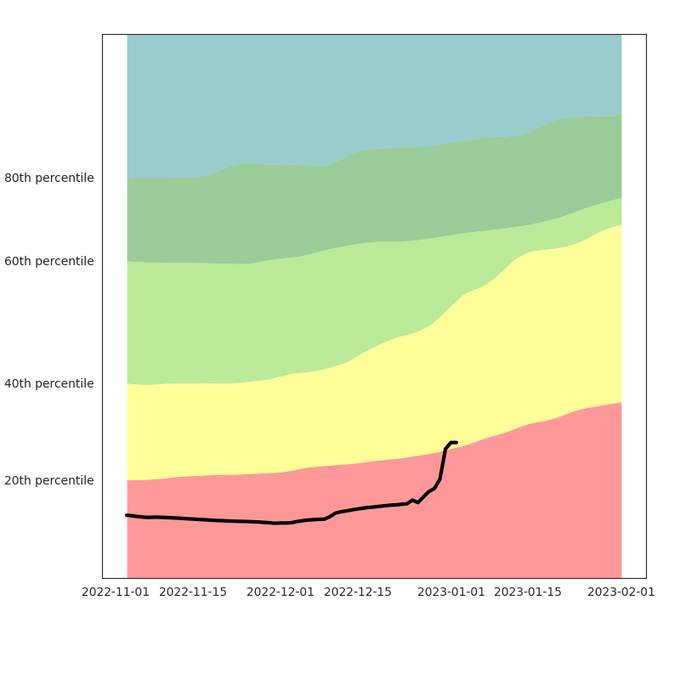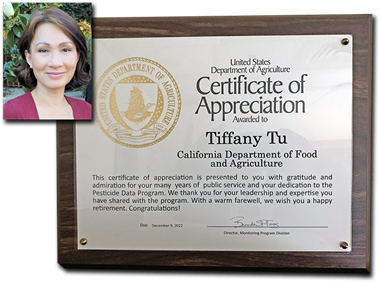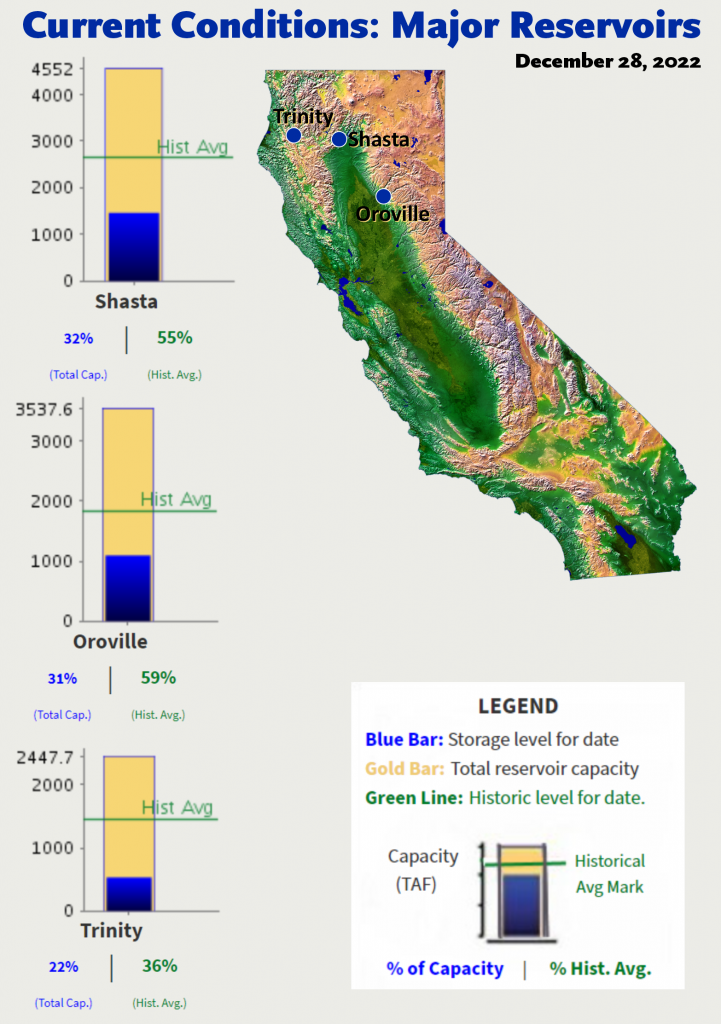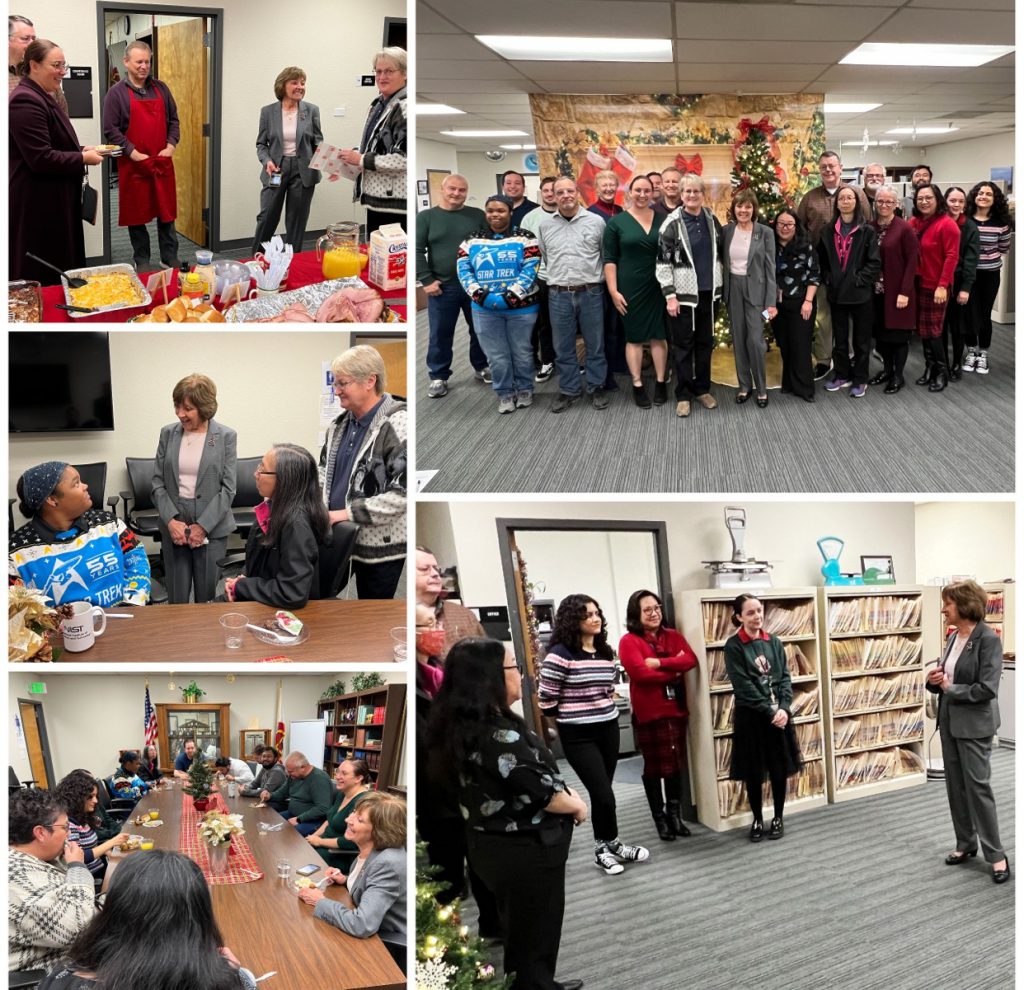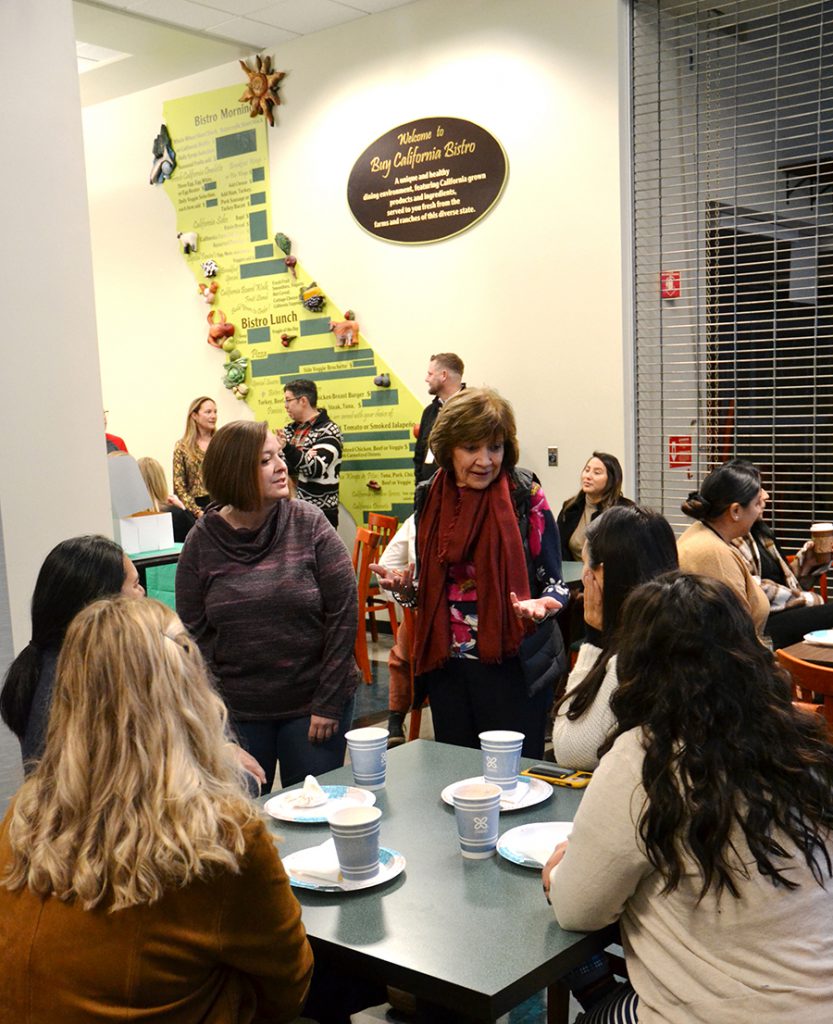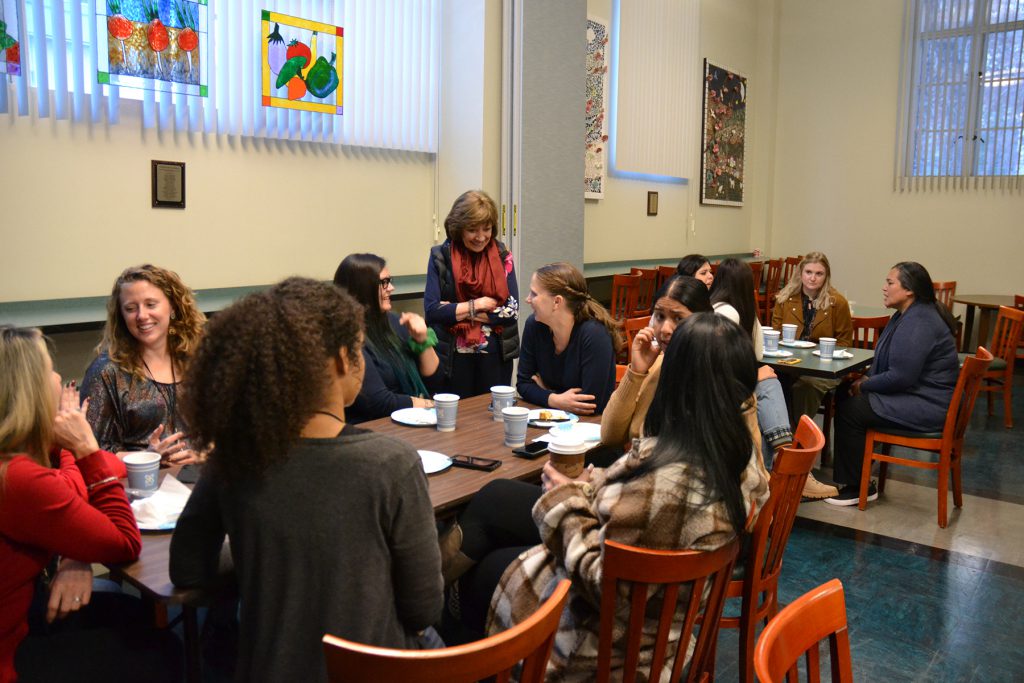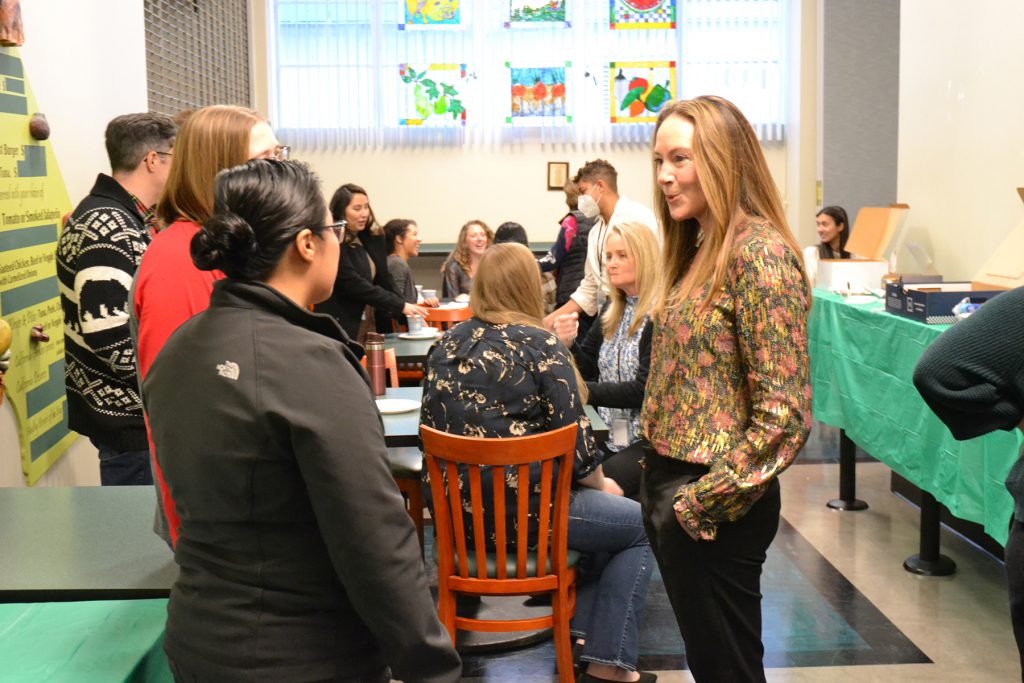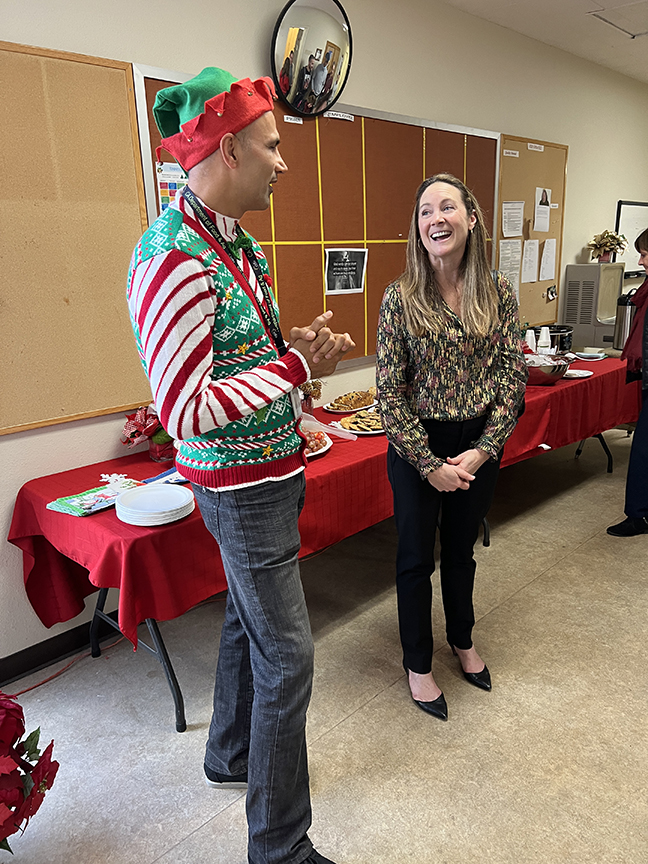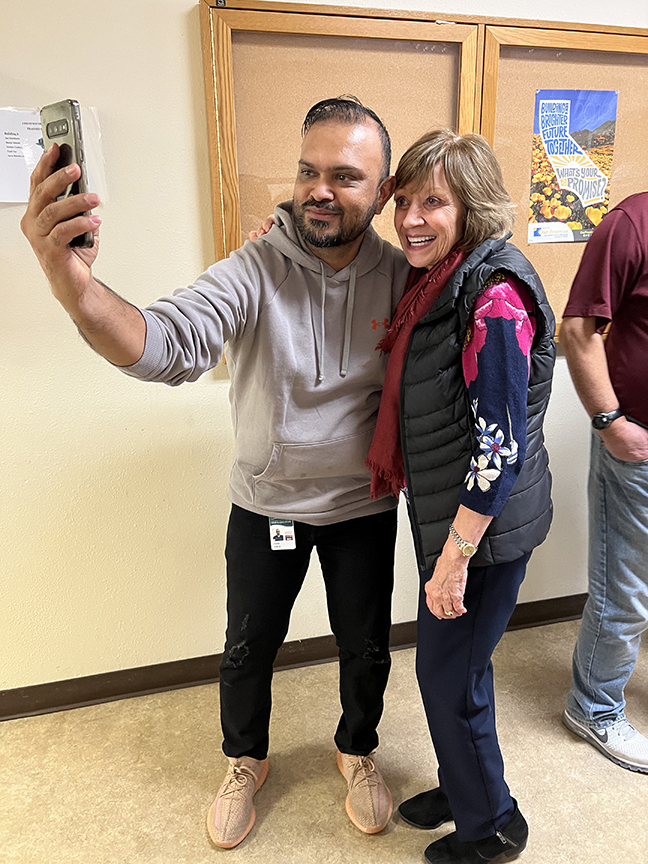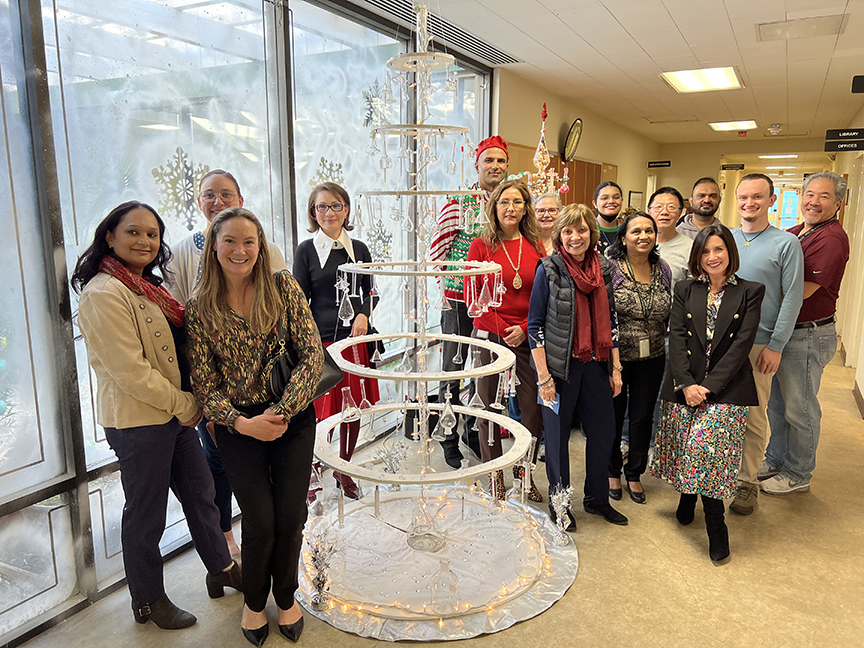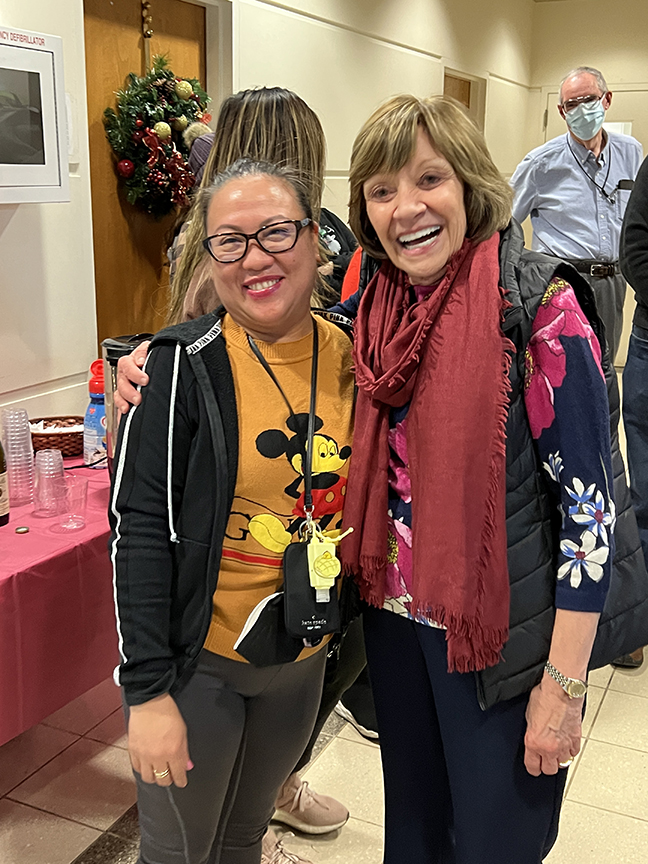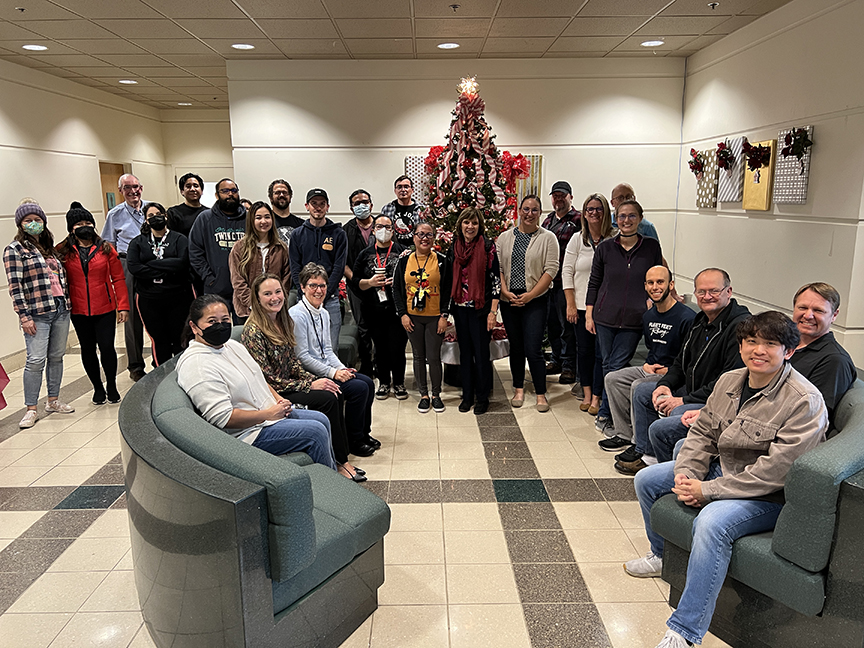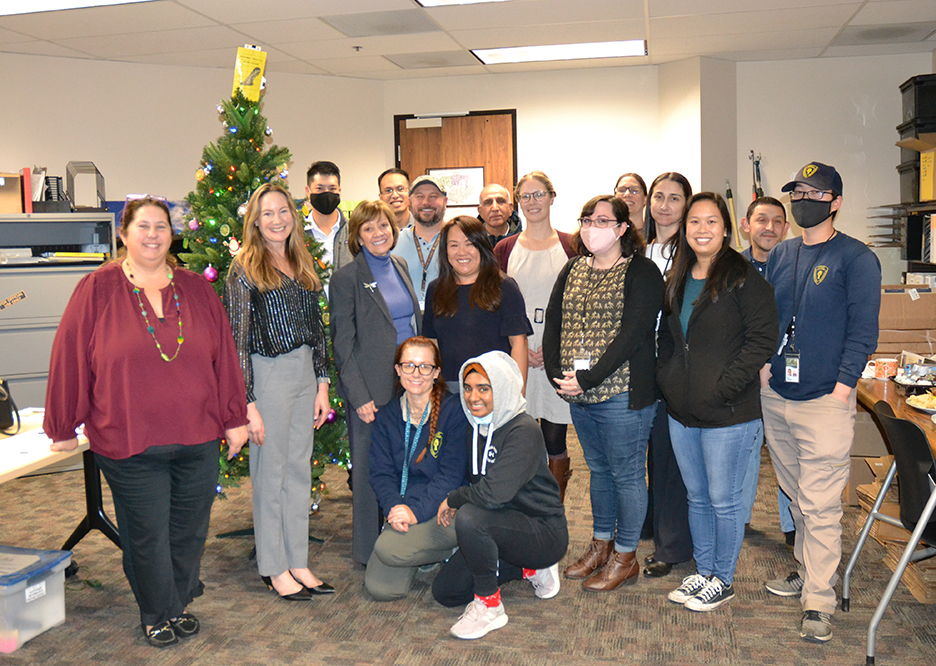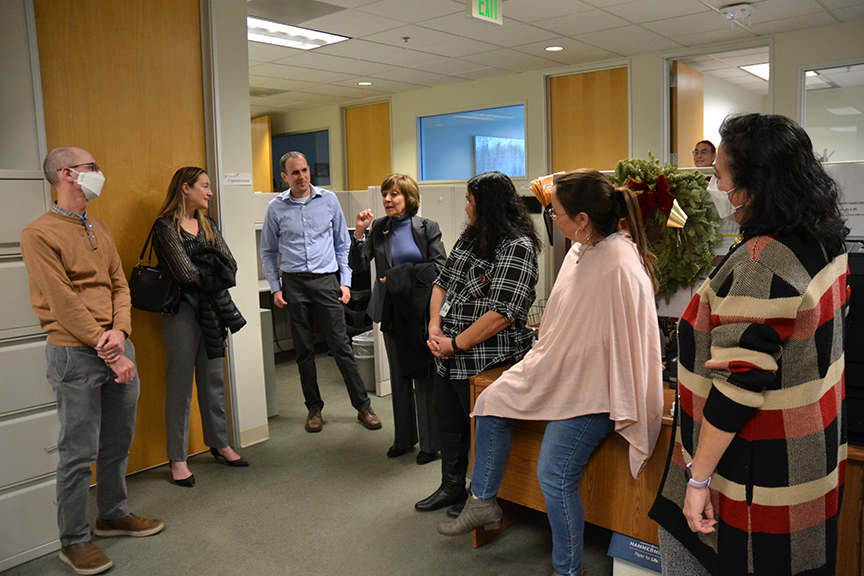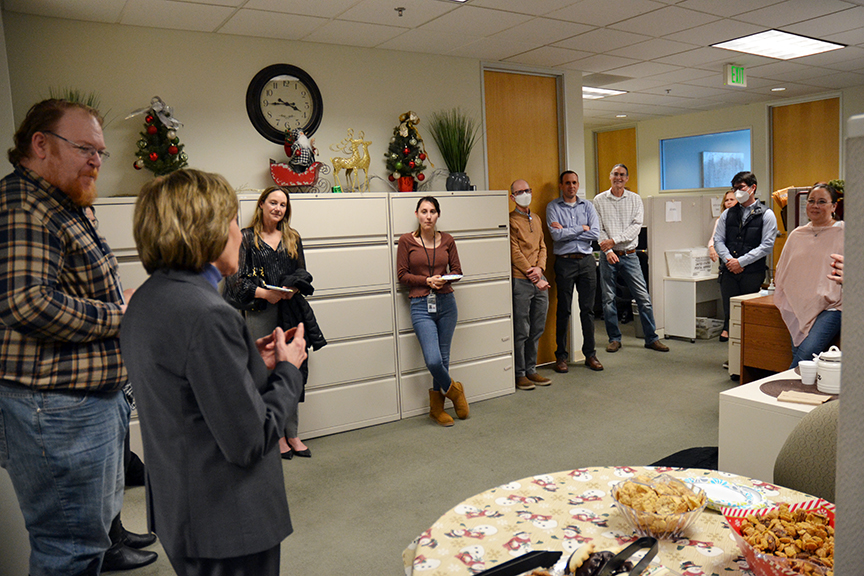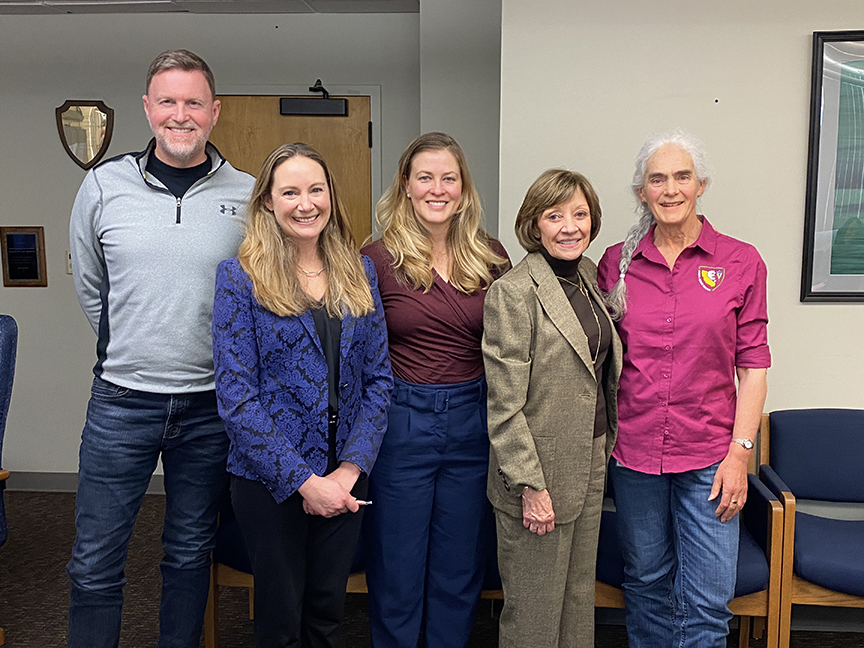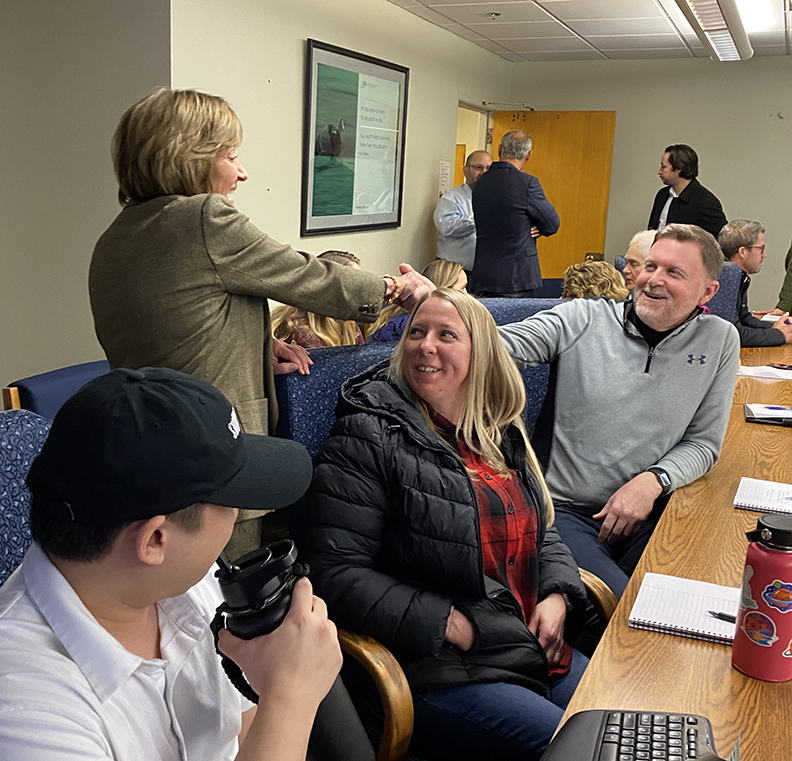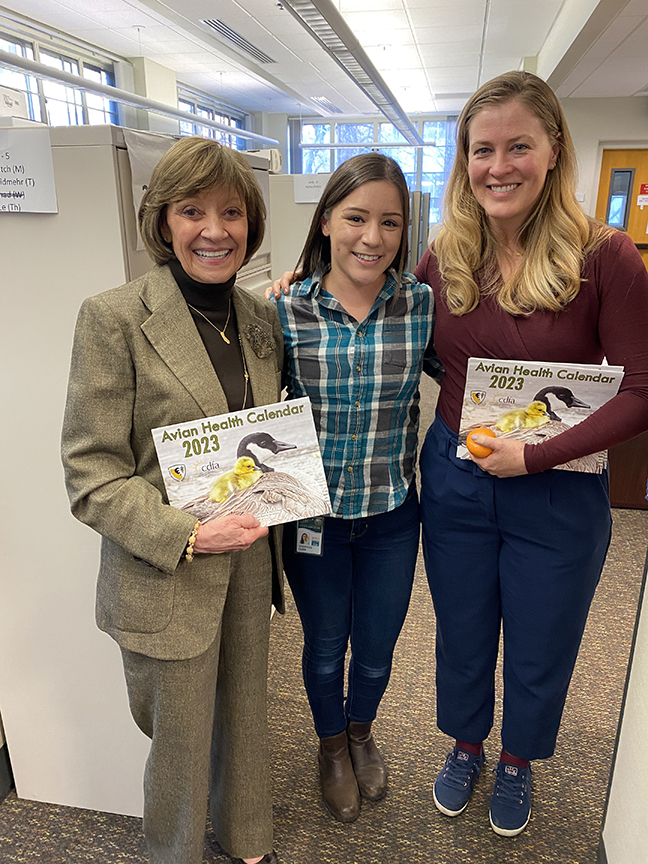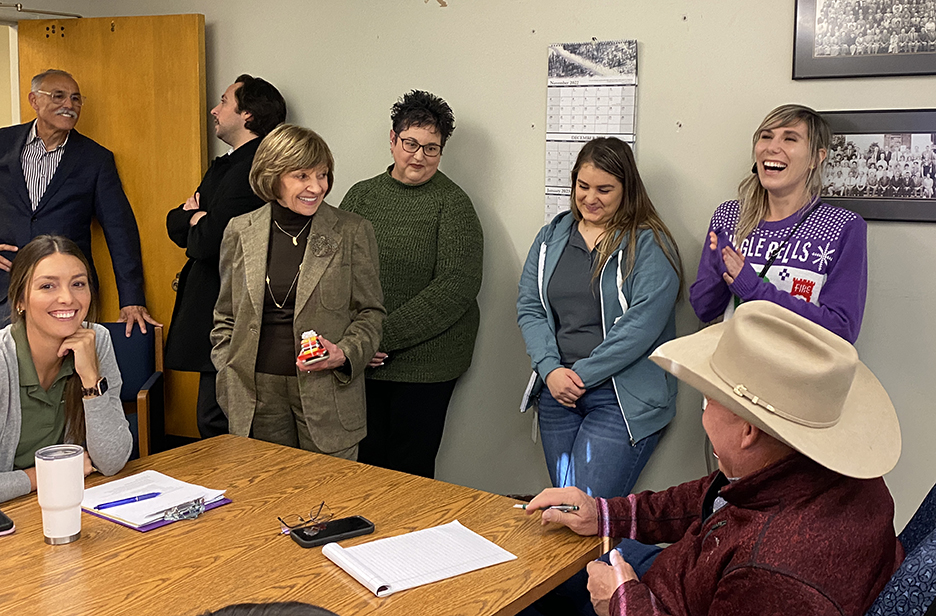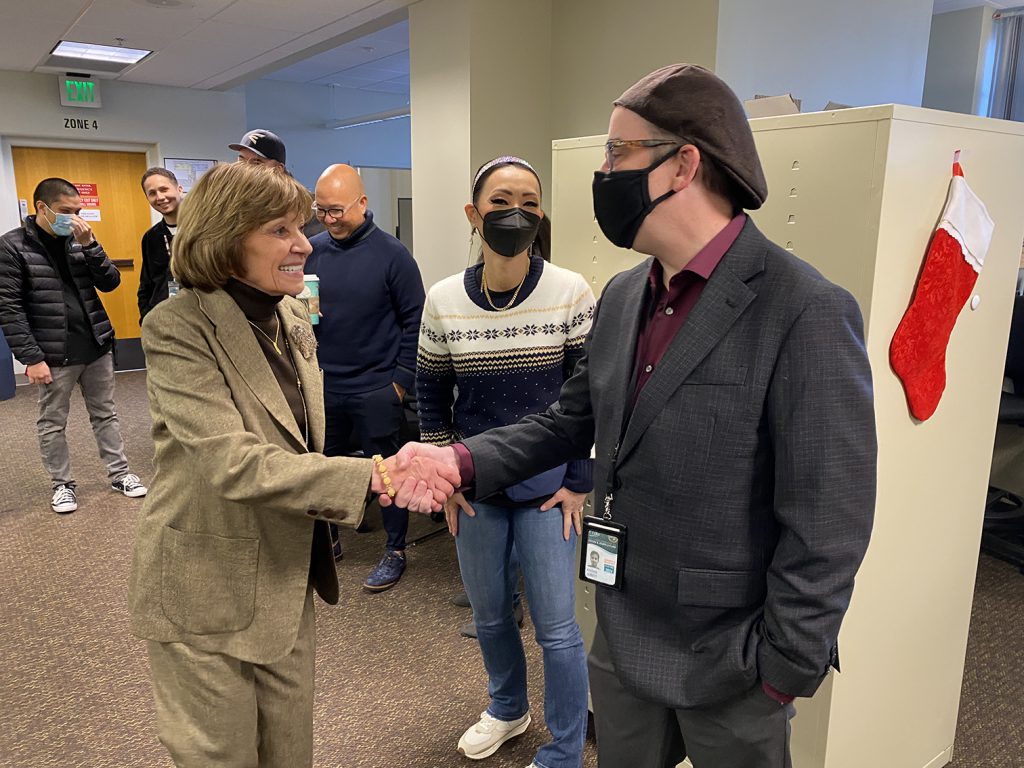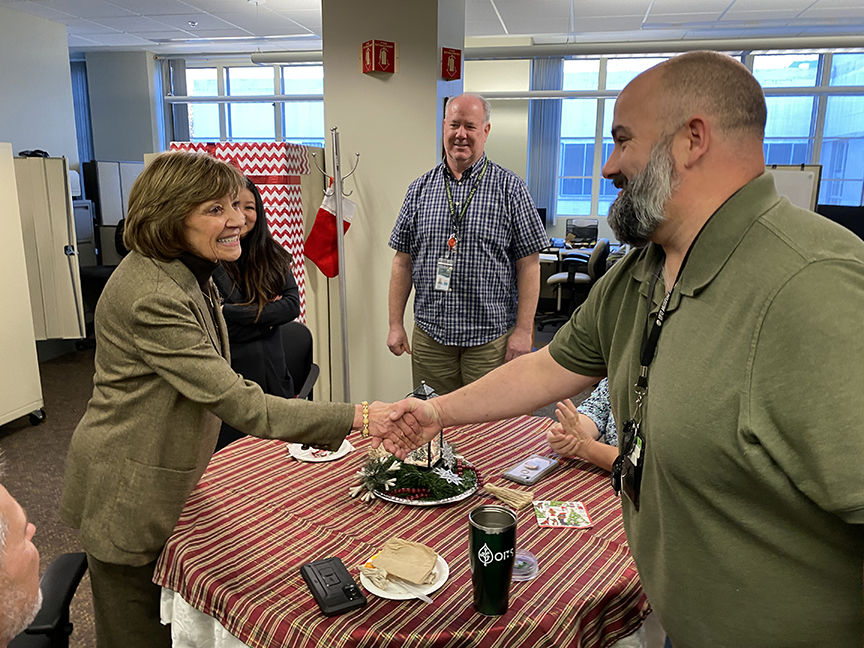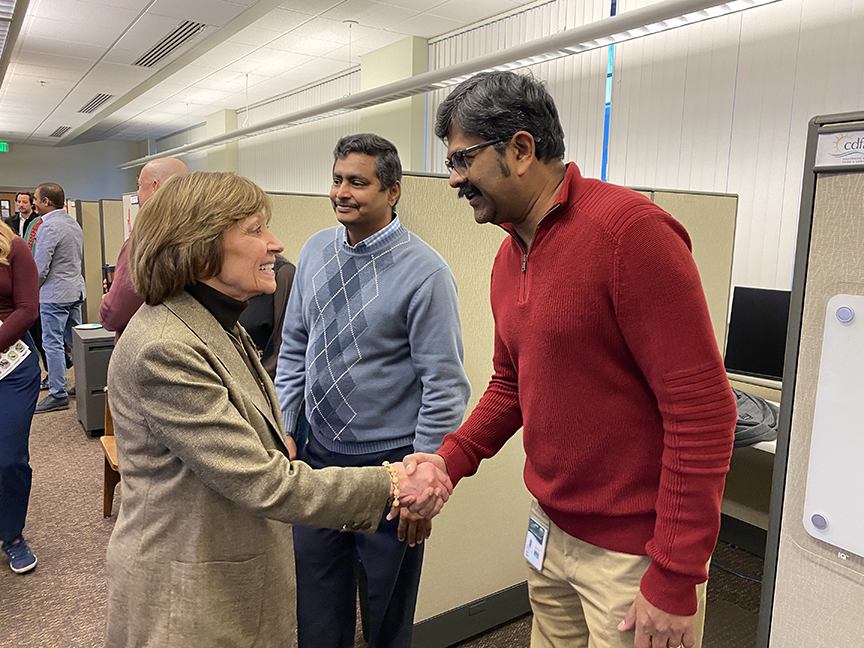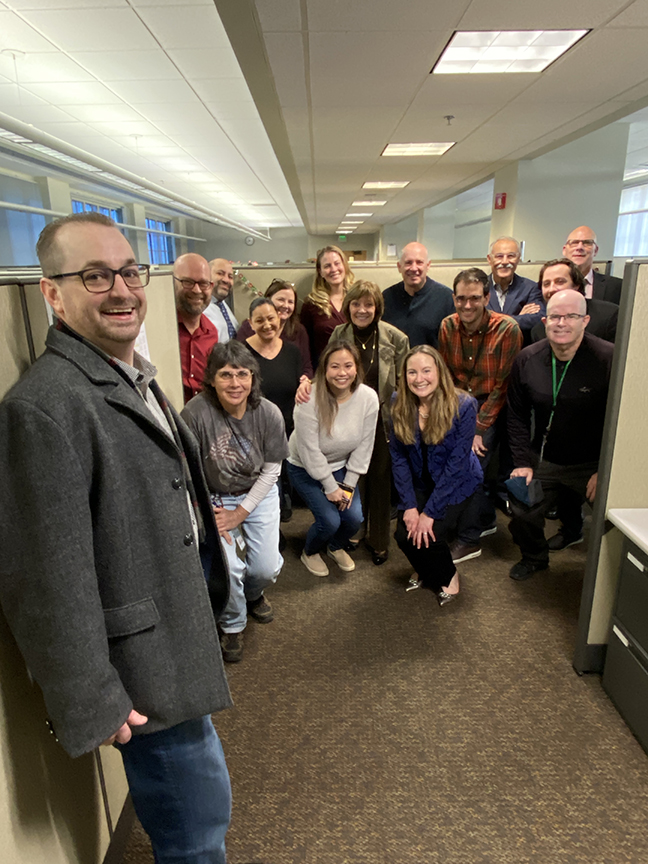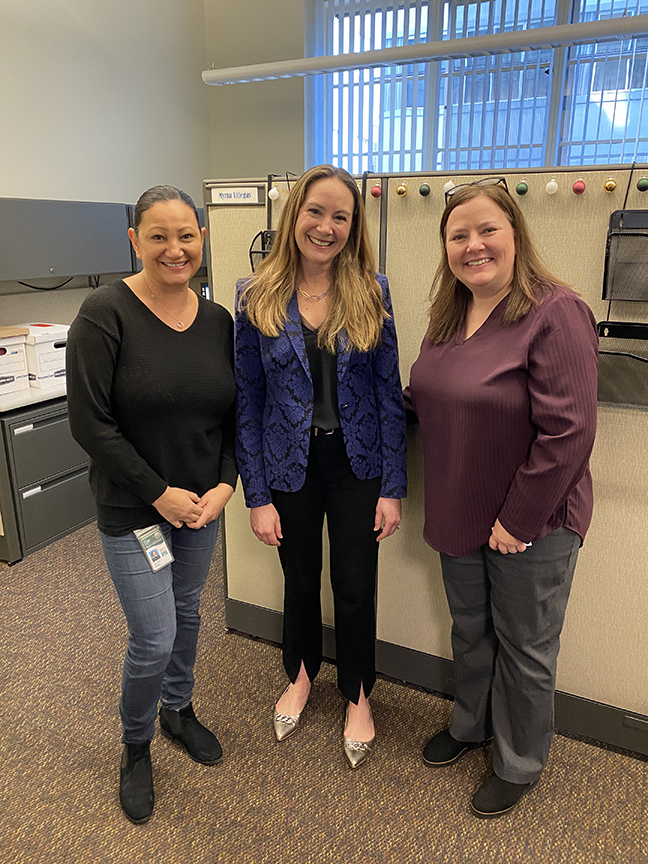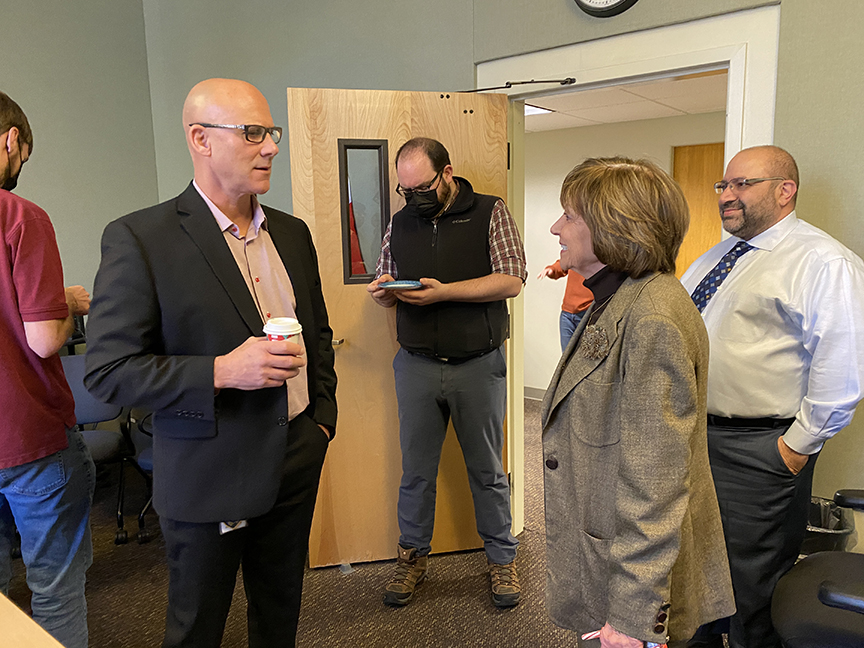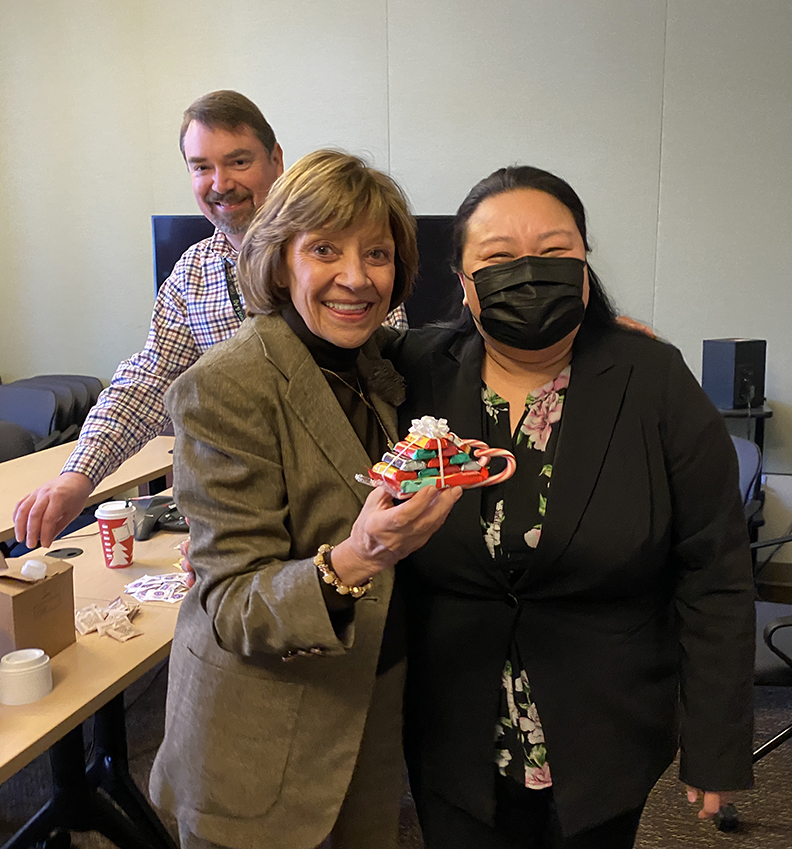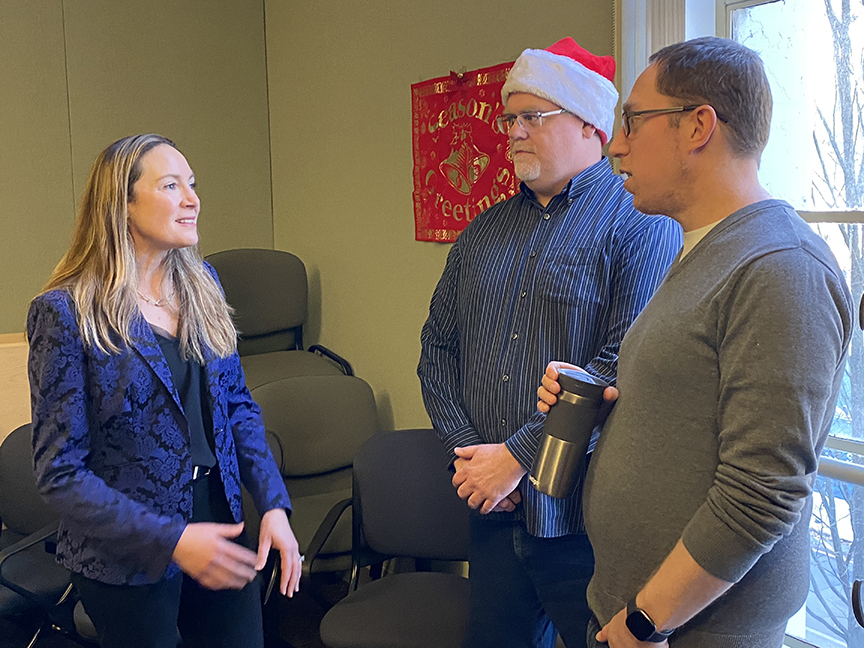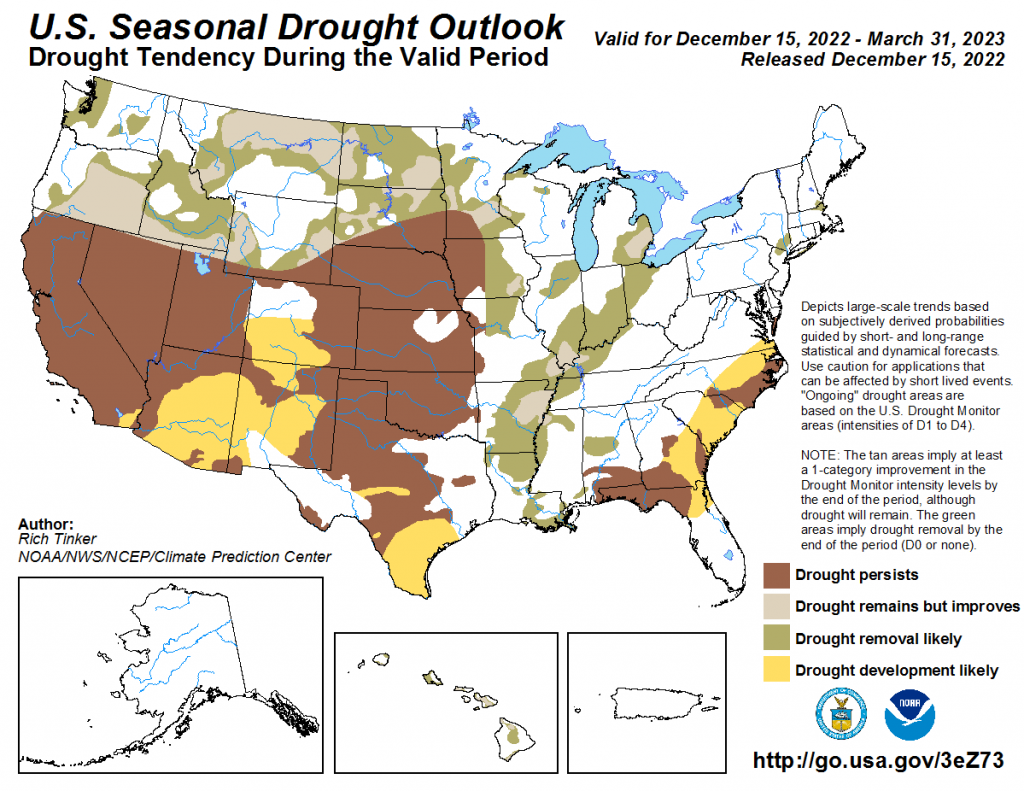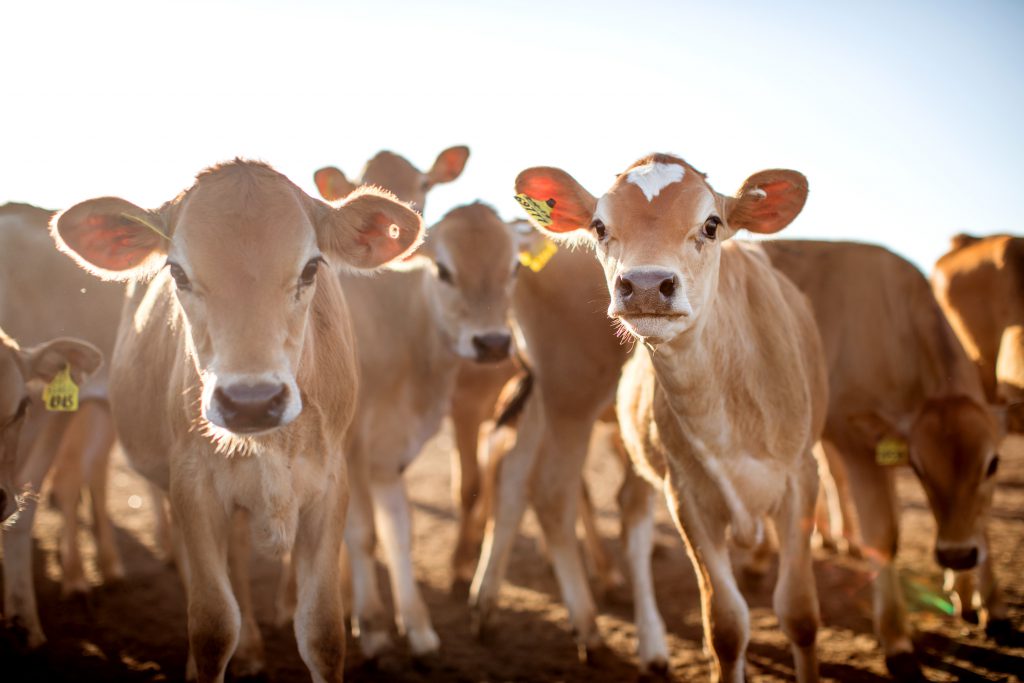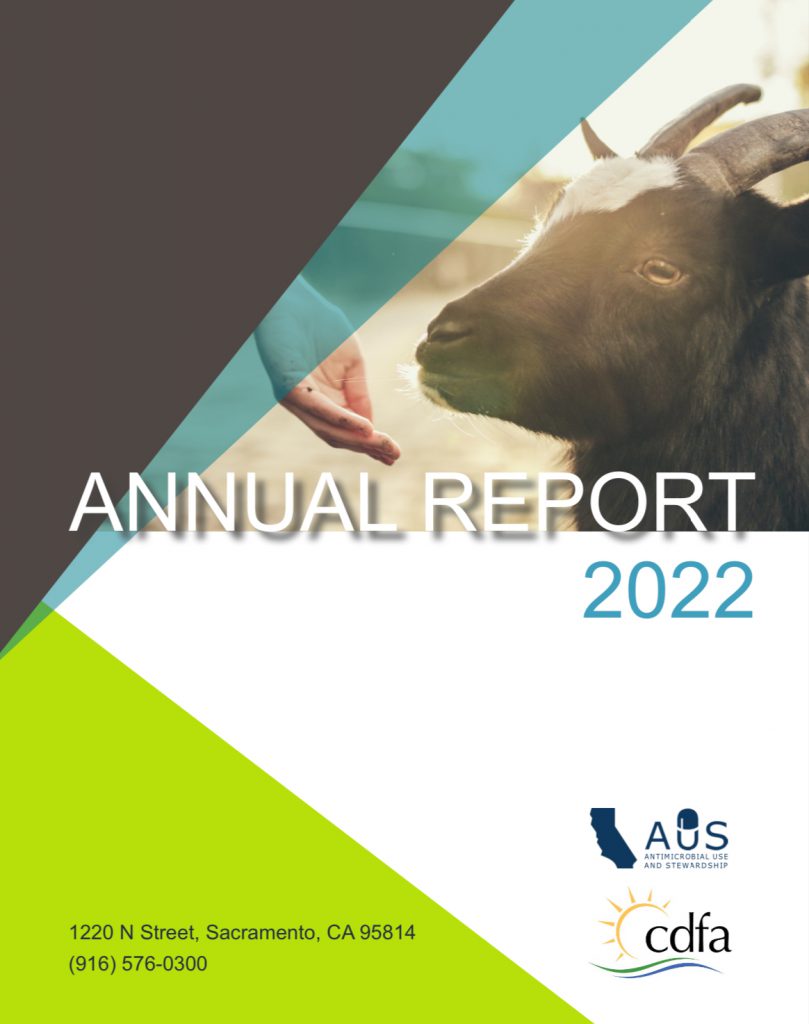Taken from a California Strategic Growth Council news release
The California Strategic Growth Council (SGC) has approved over $74 million in grants to protect 54,000 acres of agricultural lands at risk of development. The investments are part of Round 8 of the Sustainable Agricultural Lands Conservation Program (SALC), a state program protecting agricultural lands, reducing greenhouse gas emissions, and strengthening primarily rural economies.
This is the eighth round of annual funding from SGC’s SALC Program and brings the total acres of agricultural land protected or in the process of being protected through SALC Program grants to 195,000 acres.
Investments from this round of funding will create 25 agricultural easements in 17 counties as far north as Siskiyou County and as far south as Santa Barbara County. This suite of easements will total approximately 54,030 acres. Safeguarding this agricultural land will avoid an estimated 619,227 metric tons of CO2 equivalent over the next 30 years, which amounts to taking 133,424 cars off the road for one year.
SGC will also award 20 capacity-building grants as part of a new component of the SALC program this year. These projects will facilitate the development of agricultural conservation acquisition projects in 33 counties as far north as Del Norte and Siskiyou counties and as far south as San Diego and Imperial counties. While initially the SALC Program had allocated up to $3 million for capacity grants, the Strategic Growth Council voted to increase the allocation to $4.4 million in response to the high demand for capacity grants from across the state. Capacity grants accelerate progress towards the California’s Natural and Working Lands goal to conserve 30 percent of California’s lands and coastal waters by 2030 by increasing the number of projects supported for future investment.
Additionally, the SALC Program has awarded three planning grants to two public agencies and one California Native American tribe to support planning for the implementation of Sustainable Community Strategies and the protection of agricultural lands.
SGC administers the SALC Program in partnership with the California Department of Conservation.
CDFA Secretary Karen Ross: “This program has been a tremendous success, as evidenced by the fact that this round of SALC awards protects about the same number of acres protected in the 20 years prior to the start of the program. These projects will be a big help as we work to keep California agriculture sustainable and flourishing. “
SALC Round 8 Awardees:
Easement Grantees
· Sonoma County Agricultural Preservation and Open Space
· Solano Land Trust
· California Rangeland Trust (4 projects)
· Sutter Buttes Regional Land Trust
· Northern California Regional Land Trust (2 projects)
· Santa Clara Valley Open Space Authority
· California Farmland Trust (2 projects)
· City of Davis
· The Land Conservancy of San Luis Obispo (2 projects)
· Bear Yuba Land Trust
· Ag Land Trust (3 projects)
· Siskiyou Land Trust
· Shasta Land Trust (3 projects)
· Northcoast Regional Land Trust
· Sierra Foothill Conservancy
Capacity grantees
· American Farmland Trust
· Sierra Foothill Conservancy
· Land Trust of Santa Cruz County
· American River Conservancy
· Siskiyou Land Trust
· Shasta Land Trust
· Mother Lode Land Trust
· Tule Basin Land and Water Conservation Trust
· San Benito Ag Land Trust
· Land Trust for Santa Barbara County
· Placer Land Trust
· Mendocino Land Trust
· California Open Lands
· Sacramento Valley Conservancy
· Solano Land Trust
· San Joaquin River Parkway and Conservation Trust
· Northcoast Regional Land Trust
· Land Trust of Santa Clara Valley
· California Farmland Trust
· The Land Conservancy of San Luis Obispo
Planning grantees
· San Diego LAFCO
· Hoopa Valley Tribe
· County of Tulare



